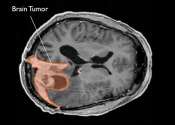Cell atlas of the endometrium in women with PCOS may lead to better treatment
Women with polycystic ovary syndrome (PCOS) find it harder to get pregnant, have more frequent miscarriages and have a higher risk of developing endometrial cancer.
Mar 20, 2025
0
38








